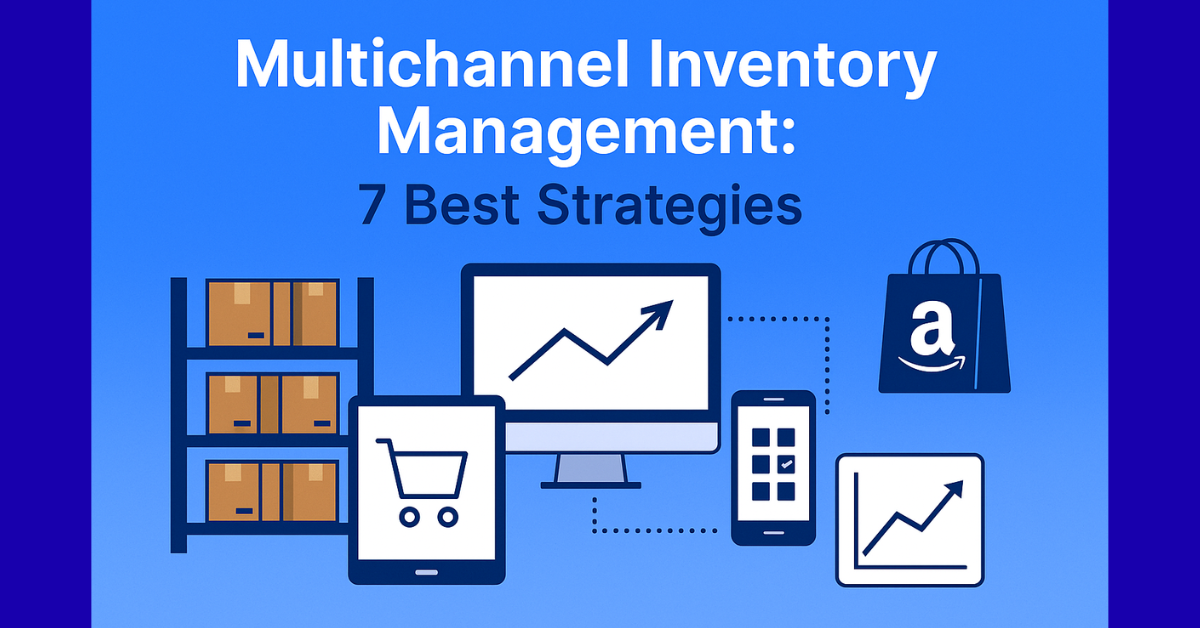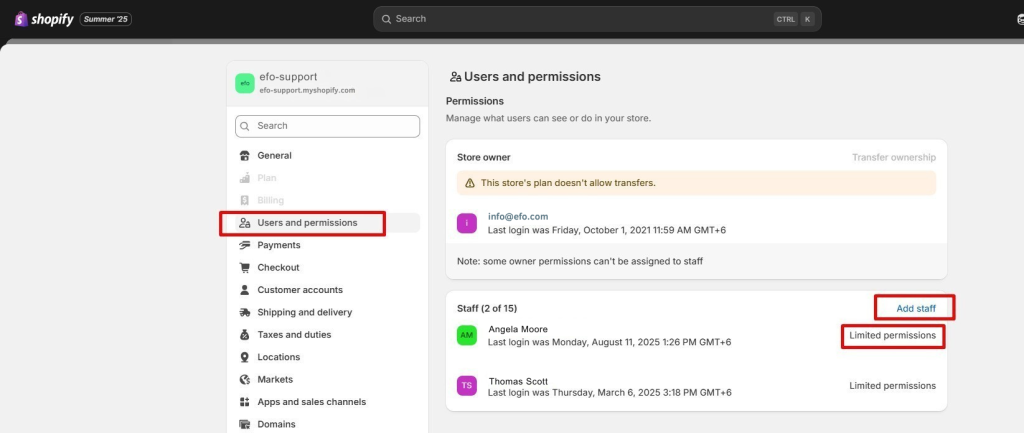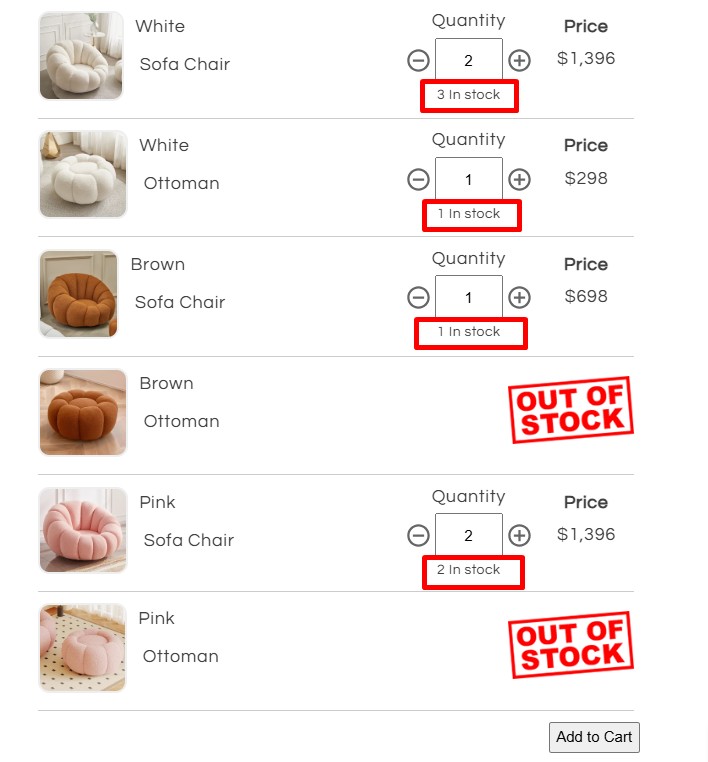
Selling on more than one platform is great for growth, but it is tricky. If your stock numbers are not the same everywhere, you can oversell, run out, and refund orders you cannot ship. Multichannel Inventory Management keeps everything updated in real time so you can avoid those problems.
Mordor Intelligence reports that the multichannel order management market will grow from $4.26 billion in 2025 to $6.82 billion by 2030. More merchants are selling on multiple channels, and the need for accurate stock syncing is only going up. We have gathered the top 7 strategies to help you keep control and protect your business.
- Automate real-time inventory updates across platforms.
- Use a centralized system for better stock management.
- Set low-stock alerts to avoid stockouts.
- Prioritize high-value sales channels during shortages.
- Sync Shopify POS with online inventory to avoid overselling.
- Regularly audit listings to ensure accurate stock data.
- Invest in multichannel inventory management software for automation.
Table of Contents
Why Shopify Merchants Struggle with Multichannel Inventory Management
Managing stock across different sales channels is harder than it sounds. Every sale, return, or adjustment has to be updated everywhere at once. Without that, things get messy.
The biggest issues?
- Updating stock by hand – slow and easy to mess up.
- No real-time tracking – overselling happens fast.
- Stock mismatches – orders get delayed or canceled.
- Bundles or kits fail when one part is out of stock.
- Returns restocked in one place but not others.
Example: You sell a skincare kit with three products. One sells out, but other channels still think it is available. A customer orders it, and you have to cancel. That is a sale lost and trust damaged.
Are you not sure whether you should go for multichannel inventory management? Do not worry! Let us dive into the top 7 ways you can make the most out of it.
7 Shopify Multichannel Inventory Management Strategies
We will now explore the 7 best strategies to help you succeed in multichannel inventory management. Read on to learn more about these strategies.
1. Automate Real-Time Inventory Updates Across All Channels
Manual updates cause delays and errors. Real-time inventory tracking means that the second an item sells, every platform updates.
Some sellers also add stock buffers, keeping a few units hidden to stop overselling if two orders land at the same time. Shopify can be your “master” inventory so that other channels match it.
Example: A coffee roaster added a two-unit buffer during a holiday rush. Even with hundreds of orders, they did not oversell once.
2. Use a Centralized Inventory System for Ecommerce
A centralized inventory system gives you one accurate stock number across all sales channels. No more guessing or juggling spreadsheets.
With one central system, you can:
- Split stock between channels.
- Predict demand from past sales.
- Catch unusual spikes, like from promotions or fraud.
Example: A gift-box seller shifted stock to Amazon during Prime Day but kept enough for Shopify orders. No canceled orders, no bad reviews.
3. Set Up Low-Stock Alerts to Avoid Stockouts
Running out of stock does not just hurt sales, but it can drop your search ranking and push customers elsewhere. Low-stock alerts warn you before it happens.
Set different alert levels for different products. Fast sellers might need higher alerts than slower ones.
Example: A candle maker set SMS alerts for top sellers and cut out-of-stock days by 40% in three months.
4. Prioritize High-Value Sales Channels During Shortages
When you are short on stock, not every channel should get the same share. Focus on the ones that matter most.
Look at:
- Which channels give higher margins?
- Which customers are most loyal?
- Which channels ship faster and more reliably?
Example: A sneaker brand made more profit per order on Shopify than on marketplaces. They paused marketplace listings until restock arrived.
5. Sync Shopify POS with Online Inventory Management
Selling in-store and online can cause overselling if your systems are not linked. Shopify POS integration updates online stock as soon as something sells in person.
For events like pop-ups, sync every few minutes. If you hold items in carts in-store, integration can also reserve them online until checkout.
Example: A vintage clothing shop avoided overselling during a busy pop-up by syncing POS and online inventory in real time.
You could also have a look at how multi-variant businesses deal with b2b inventory management with smart strategies. The more strategies you learn, the more prepared you become.
6. Audit Listings Regularly to Prevent Hidden Stock Issues
Outdated or duplicate listings cause hidden problems. A listing audit keeps product data clean.
Check for:
- Matching SKUs on all channels.
- Removing duplicates.
- Taking down seasonal bundles that are gone.
Example: A distributor deleted five duplicate listings, fixing months of mismatched stock issues in one day.
7. Invest in the Best Multichannel Inventory Management Software
Manual tracking works only for small catalogs. As you grow, automation saves you from costly mistakes.
Look for software that offers:
- Bundle tracking so you do not oversell kits.
- Demand forecasting for busy seasons.
- Role-based access so staff cannot change everything.

An image of how role-based access is given.
More and more online stores are relying on Shopify’s third-party apps to automate the ordering and tracking of products in multiple variants. Tools like bulk ordering apps will show you when you are “out of stock” the minute you run out of certain products. This is why automation is important if you are working on multichannel inventory management.

A furniture store using MultiVariants
Common Shopify Multichannel Inventory Management Mistakes to Avoid
Even with good tools, these slip-ups happen. Let us find out the common mistakes Shopify merchants make.
- Not restocking returns fast enough.
- Ignoring seasonal demand.
- Forgetting to sync one or more channels.
- Skipping bundle or kit tracking.
- Not telling customers about backorders.
Example: One merchant did not sync Amazon and Shopify for three days during the holidays. They oversold 200 units, refunded buyers, and tanked their reviews.
Final Thoughts
Multichannel Inventory Management helps you keep stock right across every channel. With automation, one central system, and the right alerts, you can avoid overselling and stockouts.
Customers expect accurate stock numbers. By keeping systems in sync and planning ahead, you will keep orders flowing, protect your profits, and build trust.
So, what are you waiting for? Get started with it. Check out our other blogs to learn more about managing inventory and big orders.
FAQs
How do I sync inventory without delays?
Use real-time tracking tools so updates are instant.
Can I automate inventory updates across Shopify and other platforms?
Yes. Many Shopify third-party apps can do that for you.
What’s the cheapest way to manage multichannel stock?
Start with Shopify’s tools. Upgrade to third-party apps when needed.
How do I avoid overselling during peak seasons?
Set alerts, prioritize your best channels, and restock returns quickly.
Why connect POS with online inventory?
It keeps both in-store and online numbers accurate.
